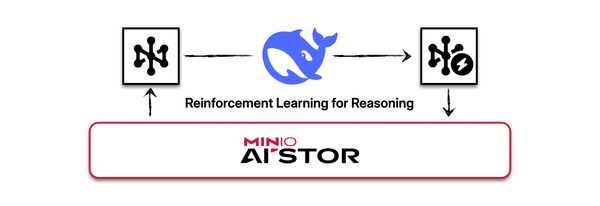How to Build AI-Ready Government Agencies: A Data Modernization Foundation

Government agencies must modernize data to achieve AI readiness. Unified, secure, and actionable data enables real-time decisioning and creates a foundation for mission-aligned AI.
Read more
























